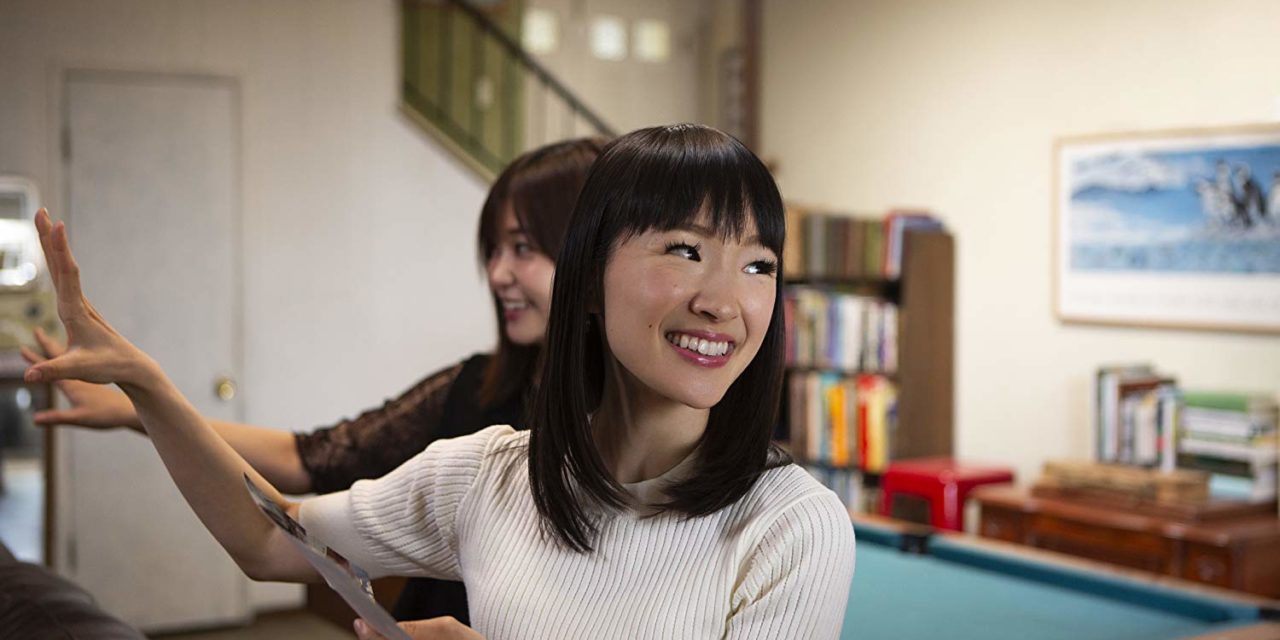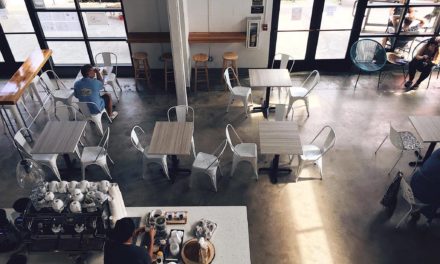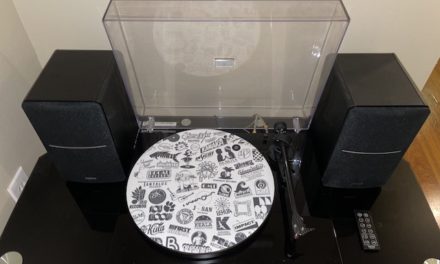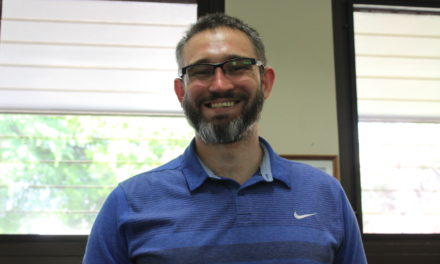By Nicole Fernandez | Staff Writer
Marie Kondo is the author of four bestselling books about cleaning up your home and, consequently, your life. Recently, Netflix released the reality television show “Tidying Up with Marie Kondo,” in which the expert herself enters real people’s homes to help them, well, tidy up.
As a working college student, I have a difficult time keeping my room neat and free of clutter. It’s no where close to some of the nightmares “Tidying Up” has featured, but there is definitely room for improvement, so Marie Kondo’s show provided me with the perfect opportunity to binge watch a reality show and clean up my room simultaneously.
Marie has five categories that she separates every item in a house: clothes, books, papers, komona, and sentimental belongings. Komona encompasses the kitchen, bathroom, garage, and other miscellaneous. Over the weekend, I was able to tackle my room while watching Marie transform entire houses and apartments.
The first step was to greet my house. Marie went through about a two minute greeting in each house, where everyone has the time to thank the house for being a protector, and inform it that the process of tidying was about to begin. I had never considered this before. Sitting in the middle of my room, I found it weird that I was about to speak to the apartment. I went through with it, though, and it was somewhat relaxing to prep myself and the apartment for cleaning.

While sorting through my clothes I had piled on my bed, I found an old T-shirt I used to love to wear because of how comfortable it was. Amazingly, it still fit fine. Of course, I kept it.
Once I greeted the apartment, it was time to collect my whole wardrobe and pile it all into one big mountain. Then, according to the KonMari method (Marie Kondo’s self-titled way of cleaning), I must hold each item and decide if it sparks joy. If it does not, I had to either throw or give it away after thanking them. The ones that do spark joy, I placed in their proper place.
I don’t particularly have a lot of clothes, but there was enough to make the process last over an hour. At the end of it, I was proud to have filled two donation bags, getting rid of about one-thirds of my closet. It was not as easy as I thought it would be, however. In the far corners of my closet, I found tons of clothes I had not worn in years, but several pieces held great meaning to me. One gray hoodie I found was too short on the arms and stomach, yet despite not having seen it since eighth grade, I still felt joy when I held it. Sadly, there was no point in keeping it, so in the donation bag it went after a lengthy thank you.
Afterward, I organized my books, which took a lot less time since my small library only consisted of books that already sparked joy. Next, was papers. Marie recommended gathering all your important papers and organizing them by importance. And as always, keep the ones that spark joy. The rest goes in the trash. The majority of my papers was old homework; I was able to clear out the shelf I used to stack my papers and have only a few labelled folders holding my critical documents.
The unorthodox method of essentially communicating with my clothes and papers was strange, like it was addressing the apartment, but it was satisfying to see the big difference dealing with my clothes made in my room. I didn’t lose anything in the process, and I actually gained a sense of motivation.
Eventually, I hope to use KonMari in more parts of the apartment I live in with my family. Clutter is not a huge issue, but it does improve things from messiness to my everyday emotions about my room. Just from watching her show, I finally found out why Marie Kondo’s books were so successful.






